
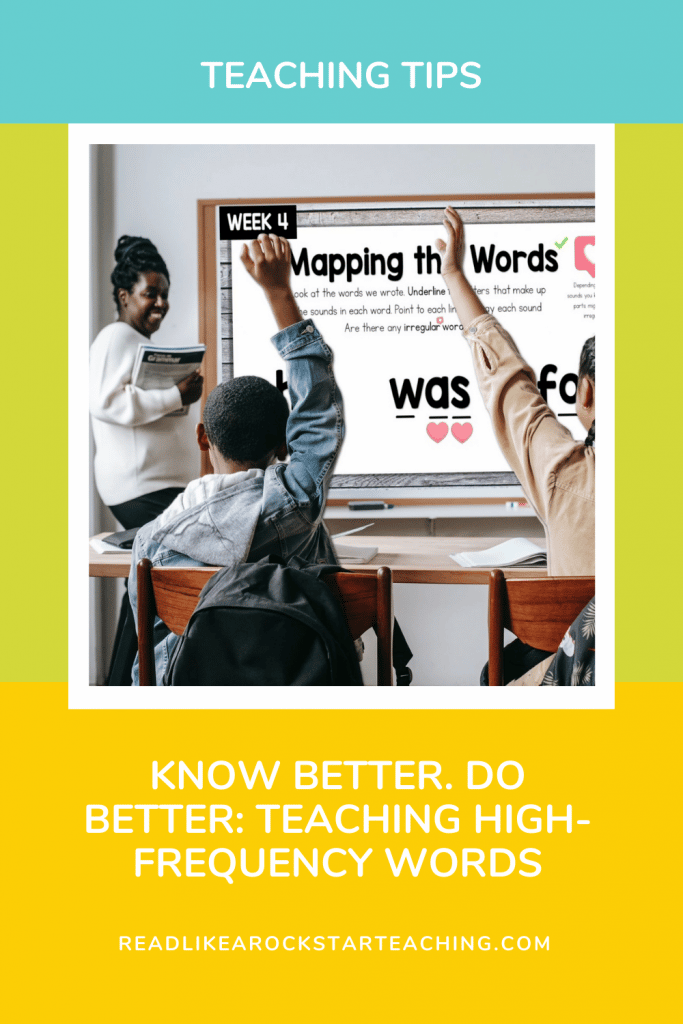
I don’t know about you, but I have about 5 big teaching practices I’d change if I could go back to year one of teaching and do it all over again.
One of those things is the way I taught “sight words”. For YEARS in the classroom I was telling my students that sight words were words that couldn’t be sounded out and that they would just have to memorize them all.
Those sight words are actually high-frequency words and many of them can be sounded out. We just have to teach students how.

I made up fun games, sent home flash cards, and gave students time in class to practice memorizing all of these words.
Well, I later learned that this was actually not the best way I should have approached this and there is research to support a much better way to get students to learn this important words.
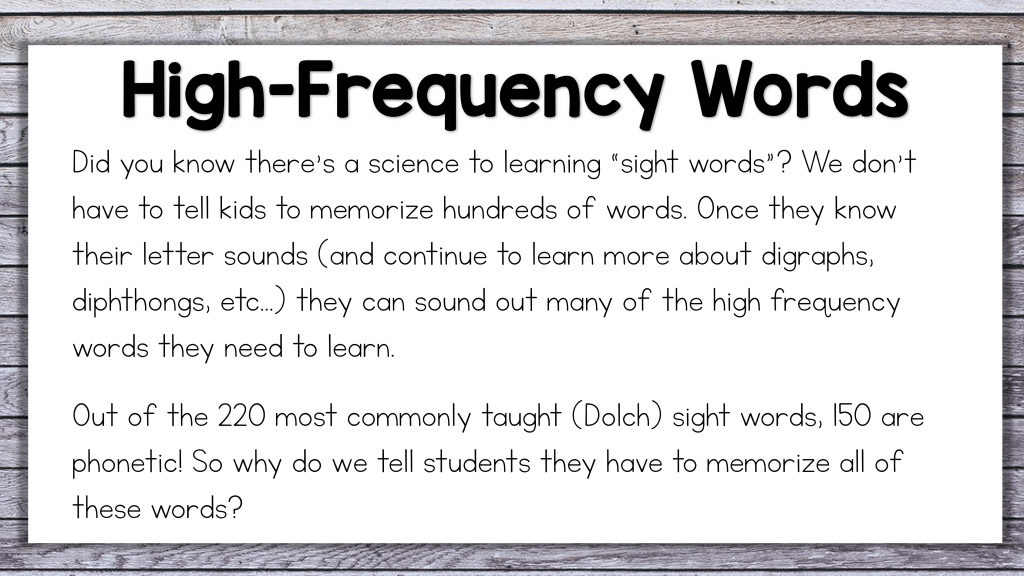
There are plenty of “sight words” that are decodable, and quite a few that aren’t. But instead of telling my students to just remember the words, I should have been teaching them about irregular words and just to remember certain PARTS of words.
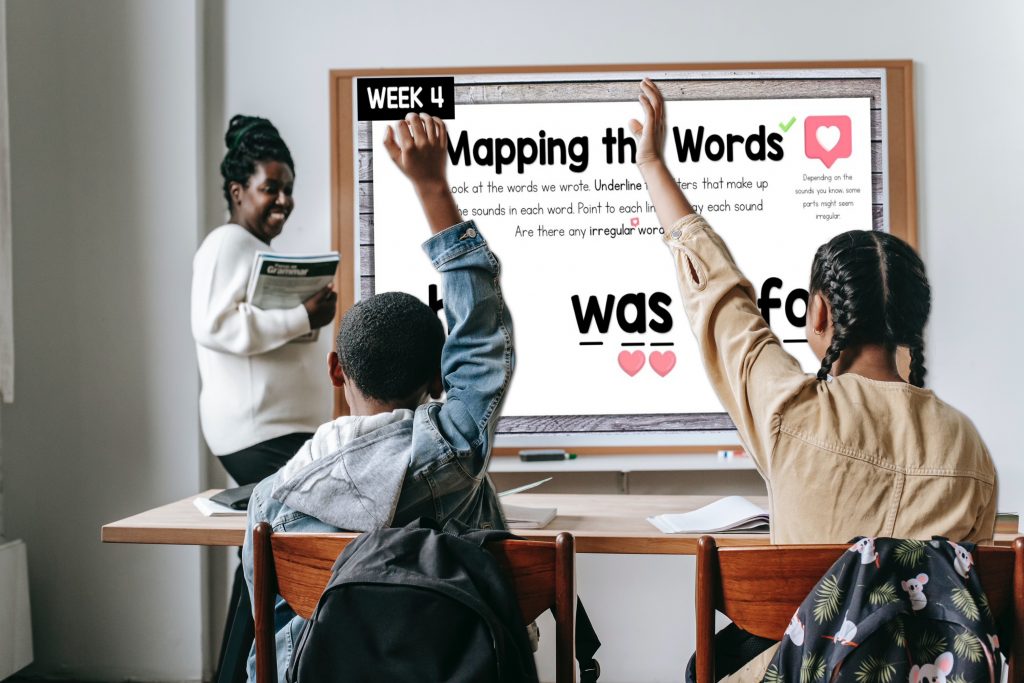
Take the word was for example. In the past I would have just shown my kindergarten or first grade students a flashcard with the word was on it and had them say it and repeat the word a few times. After a few weeks of this, the majority of them actually would learn it, despite me not using orthographic mapping to teach words that contain some letters that are making irregular sounds.
Knowing that there is a research based way to teach high-frequency words in a way that will help kids store these words in their long term memories was all I needed to hear to switch from my old ways.
You can teach kids how to sound these words out by teaching them all about the rules and exceptions to the rules.
Tell students about long vowels, /s/ sounds that are making the /z/ sound, r-controlled vowels, schwa sounds, and even words with “ve” at the end. Check out the link about to learn more about these phonics rules.
I want to show you what I would do with the words he, was, and for now that I’m older and wiser. This is a pretty quick daily exercise that occurs whole group. It takes about 10 minutes each day and happens Monday-Friday.
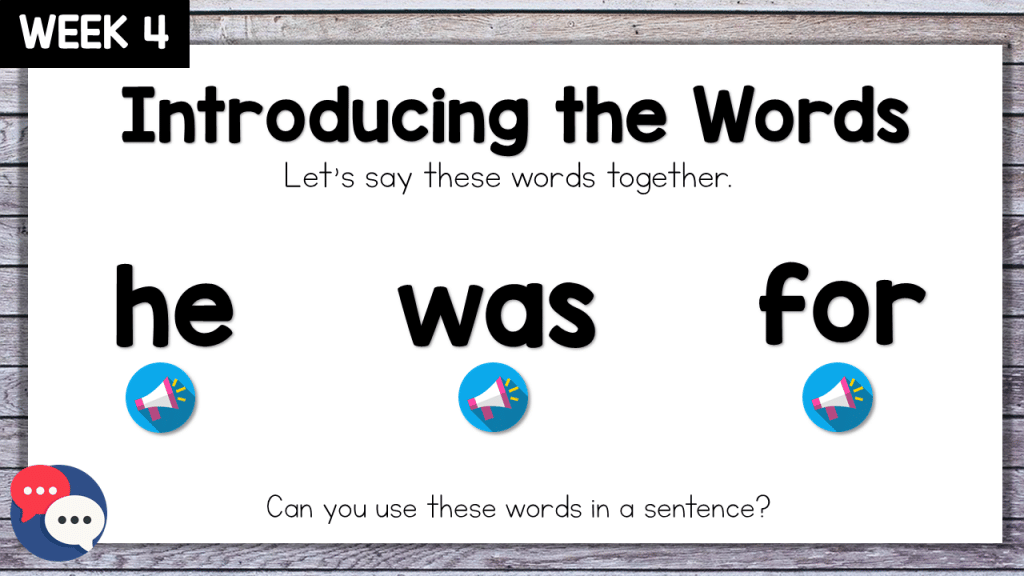
I would tell my students the new words we were going to be learning and committing to memory that week. I would say the words and the my students repeat them after me. Then I’d use the words in a sentence and see if any of my students could. This is a great way to clear up misconceptions about the words. If a student thought for was actually four, then using it in a sentence would clarify that meaning.
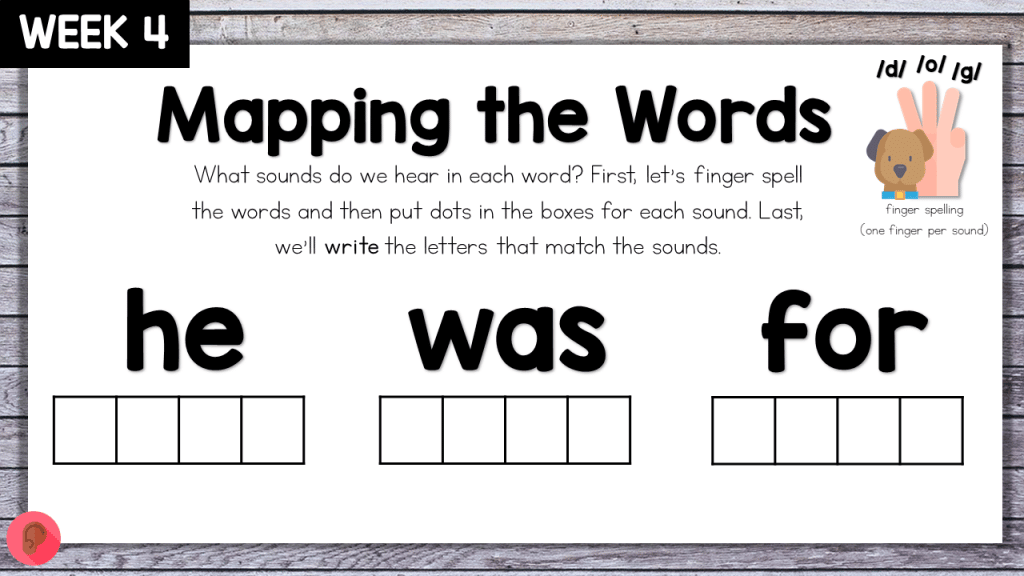
The next thing I would have my students do with me is sound out the words. We’d put a finger up for each sound that we heard in the word. Make sure that students aren’t mistakenly putting up a finger for each letter. After we’ve listened for the sounds, we put a dot in the sound boxes. One dot per sound that we heard in the word.
After that, we would write down letters that correspond with each of the sounds we heard.
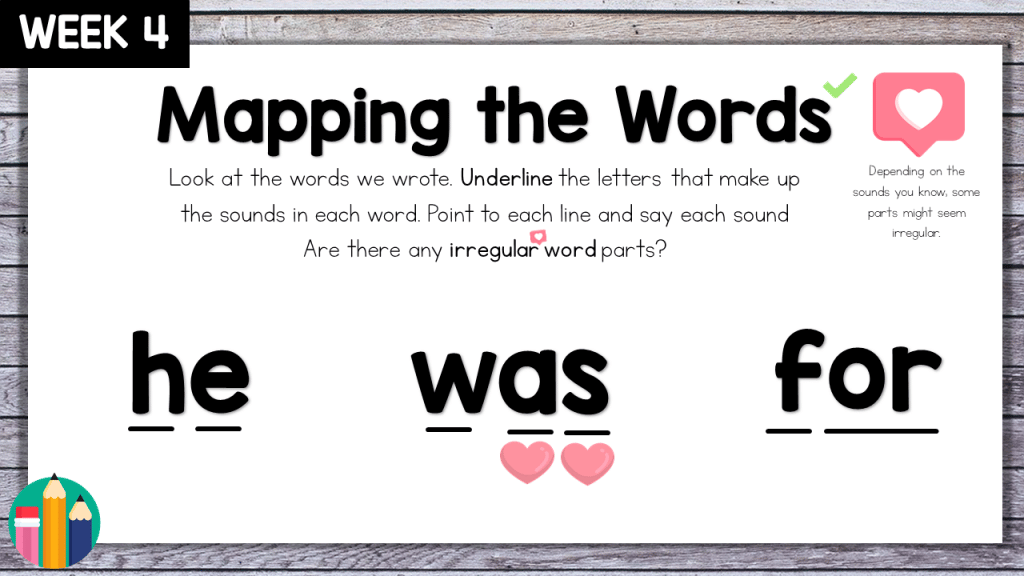
We would then take the letters we wrote and underline the sounds each letter represents. In doing this we always notice that some of the sounds are phonetic and match the letters and some of the sounds are irregular. The letters are not making the “right” sound. They are breaking a phonics rule and that’s the part that has to be “learned by heart”, so we add a heart underneath that part of the word.
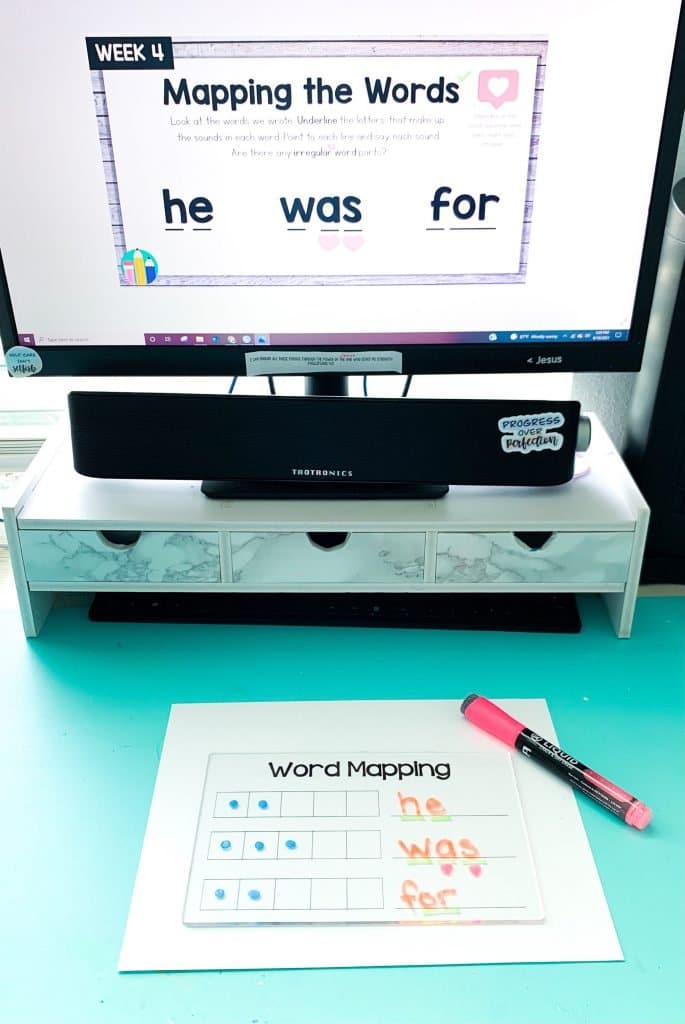
Really Great Reading has some AMAZING high-frequency word videos to help students learn those irregular parts by heart.
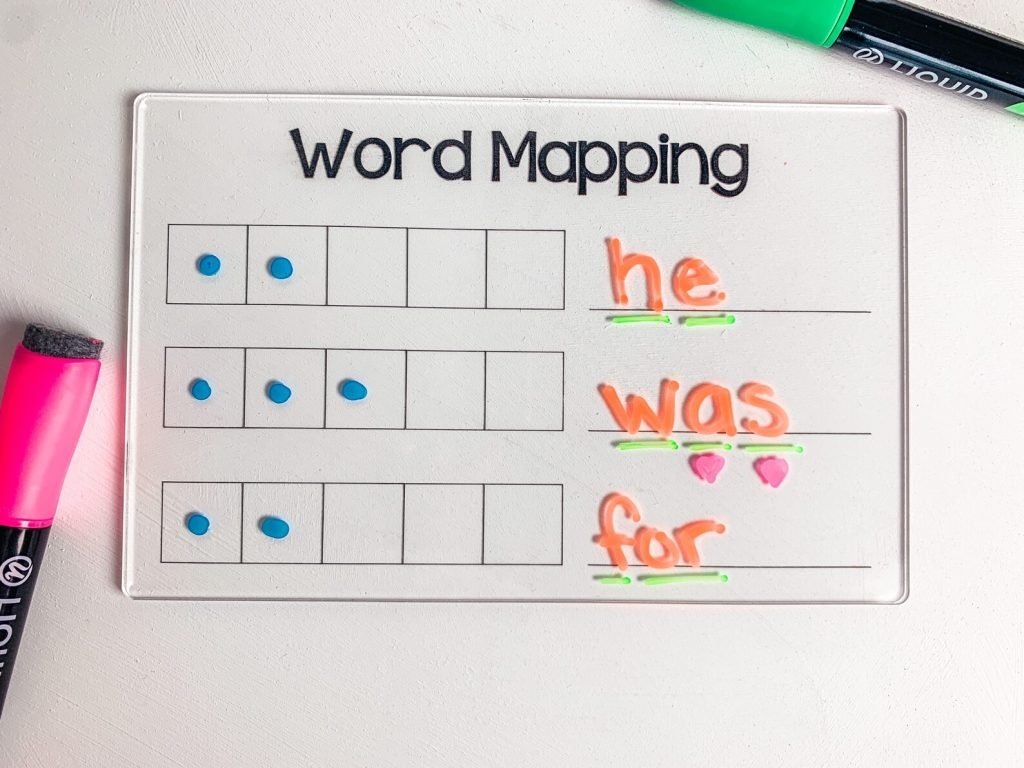
This word mapping board, created by Clever Girl Craftings is perfect companion for these “sight word” activities! Students can add dots to match each sound to the sound boxes and use the lines to write their words down.
We would practice these words this way for 3 days. Repetition and giving students time to practice is key. Yes, we need to model, but students need to also be engaged. They should be writing and saying the sounds themselves.
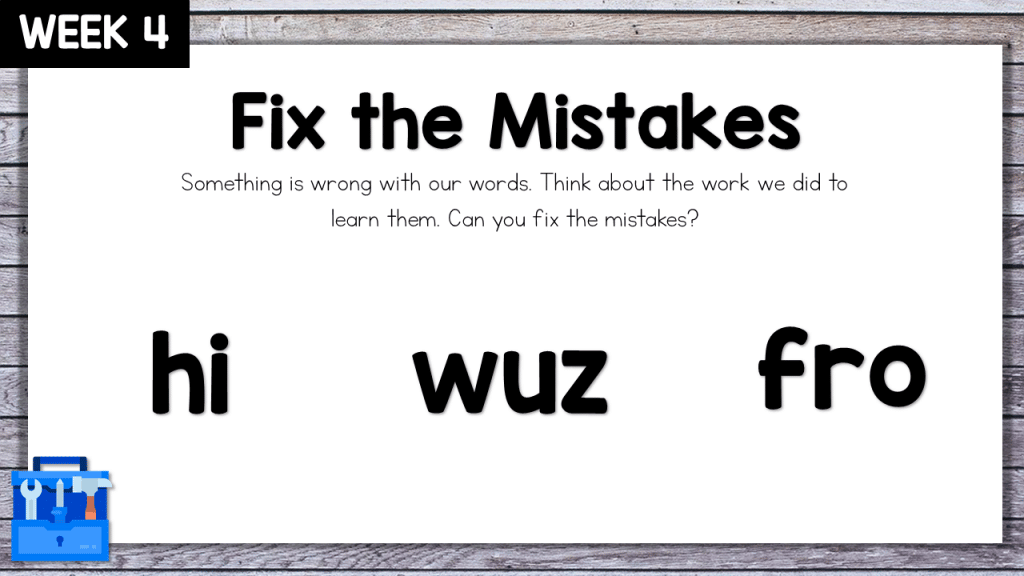
On Day 4, I would show students our words again and then remind them of the “heart parts” that we’d been learning. Then I show them our words of the week spelled incorrectly. We work together to use phonics rules and the parts we had to know by heart to fix each word.
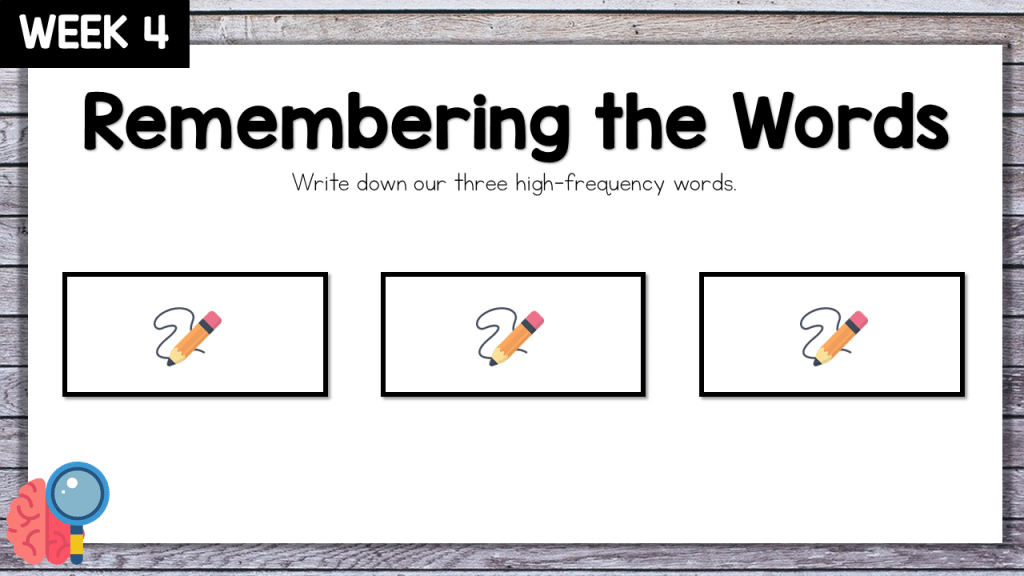
On Day 5, students show me that they know our words. We will review the words one last time, pay attention to any “heart parts”, and then I’ll give students the opportunity to write down the words from memory.
Then, we start all over the next week with a new set of 3 words.
How do you teach high-frequency words? How is it going for your students?
The slides shown in this blog post are a part of the resources shown below. There are 4 different sets or you can buy the bundle. Each lesson sets you up for 9 weeks of set words each!




Or you can snag the bundle!



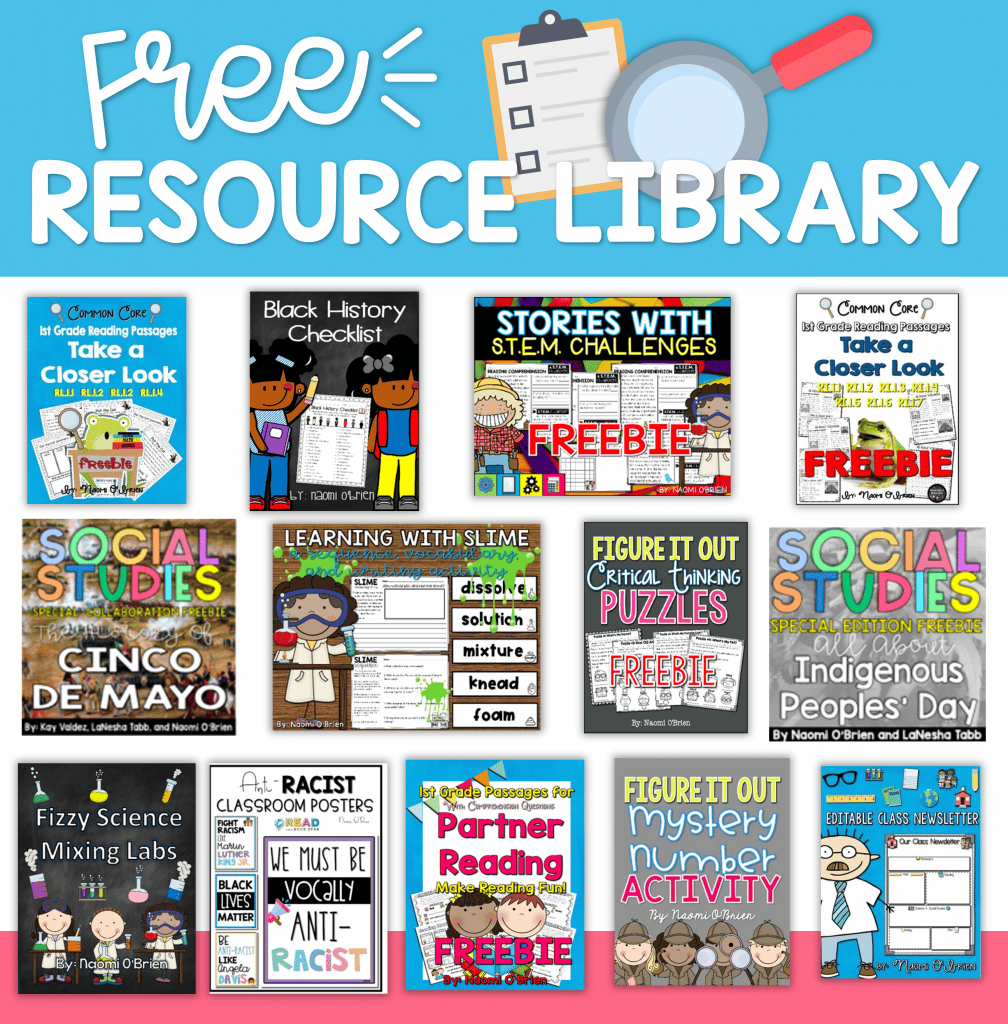
| Cookie | Duration | Description |
|---|---|---|
| cookielawinfo-checkbox-analytics | 11 months | This cookie is set by GDPR Cookie Consent plugin. The cookie is used to store the user consent for the cookies in the category "Analytics". |
| cookielawinfo-checkbox-functional | 11 months | The cookie is set by GDPR cookie consent to record the user consent for the cookies in the category "Functional". |
| cookielawinfo-checkbox-necessary | 11 months | This cookie is set by GDPR Cookie Consent plugin. The cookies is used to store the user consent for the cookies in the category "Necessary". |
| cookielawinfo-checkbox-others | 11 months | This cookie is set by GDPR Cookie Consent plugin. The cookie is used to store the user consent for the cookies in the category "Other. |
| cookielawinfo-checkbox-performance | 11 months | This cookie is set by GDPR Cookie Consent plugin. The cookie is used to store the user consent for the cookies in the category "Performance". |
| viewed_cookie_policy | 11 months | The cookie is set by the GDPR Cookie Consent plugin and is used to store whether or not user has consented to the use of cookies. It does not store any personal data. |
Thank you for your interest in booking a private professional development experience! Please fill out our Booking Inquiry form and a member of our team will contact you soon.